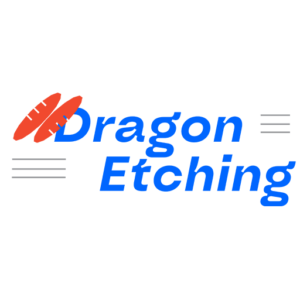Chemical etching of steel is a versatile process used to create intricate designs, markings, and components on steel surfaces. Here’s a guide on commonly used steel etchants, their applications, and how to set important parameters for effective steel etching.
Commonly Used Steel Etchants
- Nitric Acid (HNO3)
Applications:
- Metallography: Nitric acid is used in metallography to reveal the microstructure of steel and other metals for analysis.
- Aerospace and Automotive Industries: Steel components in these industries are often etched for inspection and quality control purposes.
Setting Parameters:
- Temperature: The operating temperature for steel etching with nitric acid typically ranges from 20°C to 60°C (68°F to 140°F).
- Concentration: Nitric acid is commonly used in a diluted form, such as a 3-10% solution in water. Accurate dilution is critical for consistent results.
- Etching Time: Etching time varies based on the steel type and thickness, but it typically ranges from a few seconds to a few minutes.
- Agitation: Ensure that there’s a mechanism for agitation to maintain even etching and prevent the buildup of byproducts.
View or download our Photo Chemical Etching White Paper How-to Guide
Setting Parameters in a Steel Etching Operation
For an effective steel etching operation using nitric acid as an example:
Temperature:
- Verify the etching equipment’s temperature control settings and set them within the specified range of 20°C to 60°C.
Concentration:
- Dilute nitric acid accurately by measuring the required amount and mixing it with water to achieve the desired concentration (e.g., 3-10%).
Etching Time:
- Determine the appropriate etching time based on the steel type, thickness, and the desired results. Start with a shorter time and adjust as needed. Typically, a 30-second to 2-minute initial test run is a good starting point.
Agitation:
- Ensure that the etching equipment includes an agitation system to maintain proper mixing of the nitric acid solution during the etching process.
Safety:
- Prioritize safety by wearing appropriate personal protective equipment (PPE) such as gloves, safety goggles, and lab coats. Maintain a well-ventilated workspace with safety showers and eyewash stations.
Waste Disposal:
- Dispose of used etchant solutions following local regulations, as nitric acid is considered a hazardous chemical. Proper handling and disposal are crucial.
If you have an Steel etching project that you need help with, please contact us

